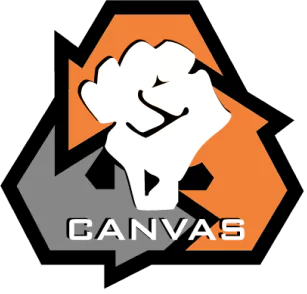Oct 1, 1989-1989
Germany
East Germany Peace Prayers for Democracy
Share
ACTIVISTS/ACT.GROUPS/DESCRIPTION OF THE GROUP
Pastor Christoph Wonneberger and the group solidarity
TARGET
Communist regime
WIDELY HELD BELIEF
The government should provide its citizens with basic liberties, resources, and opportunities.
CASE NARRATIVE
Issue and Opponent: In the German Democratic Republic, commonly known as East Germany, ordinary people suffered from government repression and incompetence. East Germany was created after World War II when the defeated Germany was split into occupation zones. The zones held by the US, Britain, and France became West Germany in 1948, and the zone held by the Soviet Union became East Germany in the same year. East Germany was governed by a dictatorship of the Socialist Unity Party (SED) that enforced Soviet-style communism on its citizens. East Germans faced structural violence at the hands of the SED party, including the limiting of civil and political freedoms and restricted professional opportunities, which caused unnecessary environmental harm and allowed economic stagnation to persist. In 1961, the Berlin Wall was constructed to divide communist East Germany from its democratic neighbor.
Dilemma Action: The discontent East Germans felt for their economic and political situation grew when they heard reports of life in West Germany. Through illegally smuggled video footage and news that came across the wall, East Germans learned that life in West Germany was free and ripe with opportunity. However, advocating for change in East Germany was extremely difficult because of the presence of the Stasi, the secret police force that targeted political dissidents. Religious settings provided a rare refuge for activists to gather in safety. In the East German city of Leipzig, Pastor Christoph Wonneberger of the St. Nicholas Protestant church led weekly peace prayers where political dissidents gathered. The nonviolent, candlelit gatherings acted as a way for activists, environmentalists, and community members to gather without the fear of arrest. By 1989, increasing numbers of East Germans felt discontented with the situation in their country, and the weekly peace prayers at St. Nicholas church began to draw hundreds of participants. On October 9th, 1989, crowds gathered at St. Nicholas and other Protestant churches in Leipzig. In total, 70,000 people took to the streets for a peaceful, candlelit protest. The crowds chanted “no violence” and “We are the people” as they walked, taking care to keep the wicks of their candles burning. Although armed and plain-clothed police forces watched the demonstration unfold, they did not intervene. The activists were careful to avoid provoking the police and the Stasi realized that they were vastly outnumbered by the protesters. The October 9th dilemma action forced the East German government to choose between reacting violently to thousands of candle-holding peaceful protesters or allowing a mass demonstration for democracy, in direct opposition to the current government, to continue. In either case, the East German government would fall under the scrutiny of external media.
Outcome: The East German government allowed the demonstration to proceed unhindered. Protestors had worried that they would face a similar fate to the Tiananmen Square protests in Beijing, but, in the end, the Stasi did not attempt to stop or arrest the demonstrators, and the event unfolded without violence. In allowing a pro-democracy march of 70,000 people, it became clear that the East German government had lost its iron grip on the country. Larger protests across East Germany soon followed; 150,000 people gathered the following week, then 300,000, then 500,000. And on November 9th, 1989, East German travel restrictions were lifted and the destruction of the Berlin Wall began. East and West Germany were reunited the following year. The October 9th candlelit democracy march received media coverage in West Germany and around the world after footage and photos of the protest were smuggled over the Berlin Wall. In addition, Pastor Christof Wonneberger, who started the weekly peace prayers, became well-known for his leadership in the pro-democracy movement. The peace prayers and October 9th pro-democracy march were part of a larger campaign to end communism and its repressive regimes.
PRIMARY STRUGGLE/GOAL
NONVIOLENT TACTICS USED
DA TACTICS USED
Marches
CASE NARRATIVE WRITER
SUCCESS METRICS
10 / 12
(CONC) Concessions were made
(EREP) Dilemma action got replicated by other movements
(MC) Media Coverage
(MSYMP) Media coverage was sympathetic to the activists
(OR) Opponent response
(PS) Dilemma action built sympathy with the public
(PUN) Punishment favored the activists
(REFR) Dilemma action reframed the narrative of the opponent
(RF) Dilemma action reduced fear and/or apathy among the activists
(SA) Dilemma action appealed to a broad segment of the public
PART OF A LARGER CAMPAIGN
3 / 3
Activist group continued working together after the action
Encouraged more participants to join the movement
Internally replicated by the same movement
RESOURCES
Project documentation
Dilemma Actions Coding Guidebook
Case study documentation
Dilemma_Actions_Analysis_Dataset
SOURCES
Ther, Philipp. 1989. “The Price of Unity: The Transformation of Germany and East Central Europe after 1989,” Central European University Press. Retrieved May 13, 2021. (www.jstor.org/stable/10.7829/j.ctv176kthp.7).
Iacob, Bogdan C. 2020. “The Struggle over 1989: The Rise and Contestation of Eastern European Populism.” Central European University Press. Retrieved May 13, 2021. (www.jstor.org/stable/10.7829/j.ctv176kthp.16).
ISMAIL, MUHAMAD TAKIYUDDIN, and ABDUL MUEIN ABADI. “Stiftungen and Political Education in Malaysia: The Role of Germany’s Democracy Assistance,” Asian Survey. Retrieved May 13, 2021. (www.jstor.org/stable/26367764).
BBC. 2019. “East Germany 1989 – the march that KO’d communism,” October 14. Retrieved July 20, 2023. (https://www.bbc.com/news/world-europe-50003305).
Curry, Andrew. 2009. “Before the Fall,” The Wilson Quarterly. Retrieved July 21, 2023. (https://www.jstor.org/stable/20700623).
Fulbrook, Mary. 1993. “Popular Discontent and Political Activism in the GDR,” Contemporary European History. Retrieved July 21, 2023. (https://www.jstor.org/stable/20081489).
Related cases
Jan 15, 2012-2012
Russia
Issue and Opposition: Putin became acting president after Yeltsin’s resignation in 1999. Within the next few months, he became the president. Due to constitutional con...
/
Jan 1, 1600-1600
United States of America
Tribal Iroquois women decided on a Lysistratic non-action (boycotting sex and childbearing) to stop unregulated warfare and to gain more decision-making powers related...
/
Mar 3, 1913-1913
United States of America
Like parades, suffrage pageants, and tableaus had deep historical roots, which the suffragists tapped into when looking for ways to attract publicity and new members. ...
/
Subscribe to our newsletters to get full access to all materials on our website.

